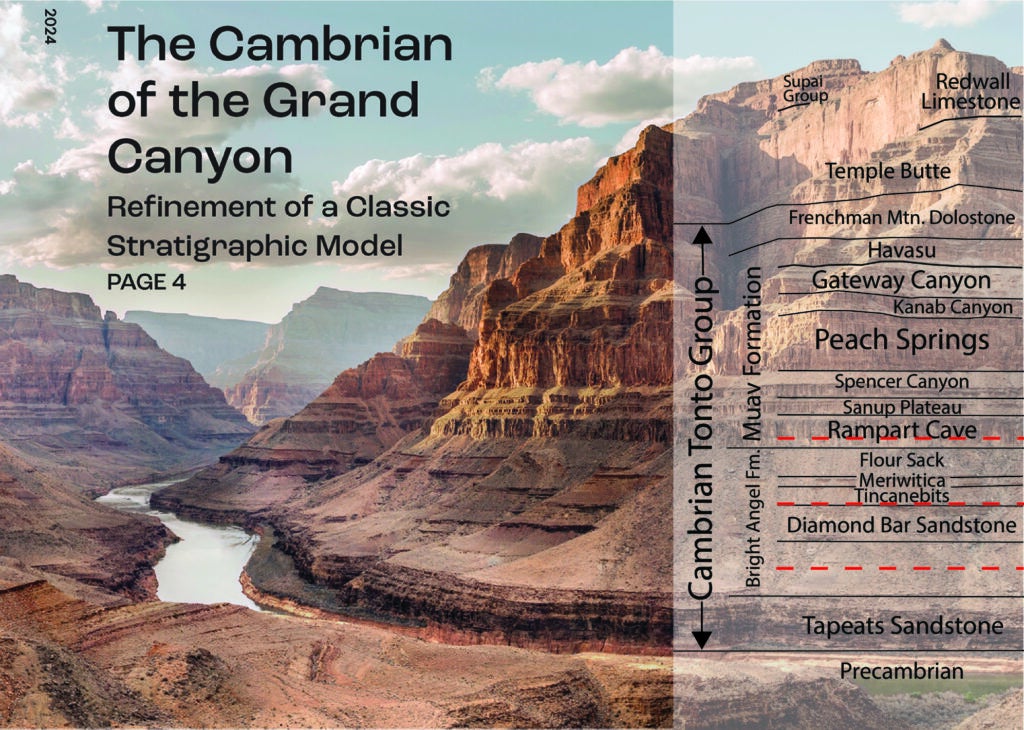
A new publication “The Cambrian of the Grand Canyon: Refinement of a classic stratigraphic model” will be featured in GSA Today’s November 2024 issue (https://www.geosociety.org/GSA/Publications/GSA_Today/GSA/GSAToday/science/G604A/abstract.aspx). GSA Today is the Geological Society of America’s monthly news outlet with a cover science article that represents a timely, high-quality, peer-reviewed contribution of appeal to a broad geoscience audience.
This work is a product of a interdisciplinary National Science Foundation grant, “Collaborative Research: Constraining the Tempo and Dynamics of Cambrian Earth Systems in Western Laurentia”, led at Boise State by Dr. Mark Schmitz of the Isotope Geology Laboratory in the Department of Geosciences, with co-investigators at Utah State University, the University of New Mexico, the Denver Museum of Nature and Science, and the University of Nevada Las Vegas.
Other recent and forthcoming publications resulting from this project have been led by Boise State University graduate student, Thomas Farrell, as part of his Ph.D. dissertation on the geochronology of the Grand Canyon and the Cambrian Period of Earth history. The Cambrian Period is important for hosting the rapid evolution of diversity and body plans of multi-cellular animal life—often referred to as the ‘Cambrian Explosion’. A significant part of this record is found in the sedimentary rocks that formed as ancient oceans transgressed across the continents. These sandstones, shales, and limestones form a key portion of the dramatic vistas of the Grand Canyon, as shown in the attached photograph.